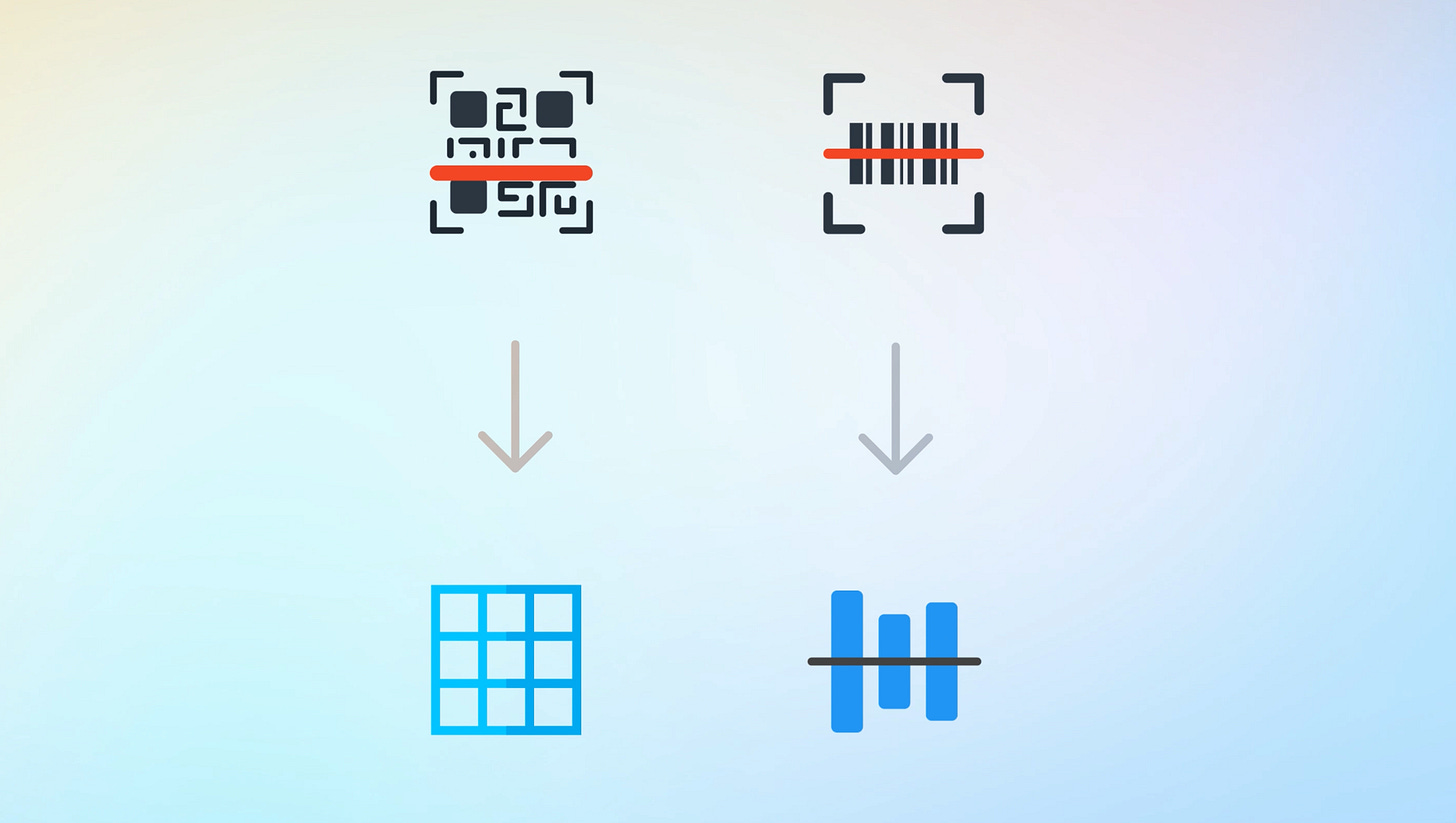QR codes, those little square patterns you see on posters, products, and advertisements, are now everywhere in our digital age. But how do they work? Let’s understand the world of QR codes and explore their secrets. Make sure to watch until the end to learn a fun fact about how QR codes were invented in 1994.
A QR code (short for Quick Response code) is like a digital Swiss Army knife. It’s a two-dimensional barcode that can store information in a unique arrangement of squares. When you scan a QR code using your smartphone, it magically connects you to a website, reveals hidden details, or even adds a contact to your phonebook.
Before we explore how QR codes work, let’s dissect one. The black squares you see in a QR code are called data modules. Each data module represents a piece of information. Imagine them as tiny building blocks that form the code. Every QR code has three position markers. These markers help scanners quickly locate the data modules and determine the scanning direction. Think of them as QR code signposts. The blank area surrounding the data modules is the quiet zone. It gives scanners a visual cue about where the QR code begins and ends. At this point, you may wonder how QR codes differ from old-school bar codes.
Now, let’s encode some data into a QR code. Imagine we want to create a QR code for a restaurant’s digital menu. Here’s how it works. We’ll use the restaurant’s website URL as our data. For demonstration purposes, let’s say the URL is https://mcdonalds.com/menu. The alphanumeric characters in the URL (like letters, numbers, and symbols) transform into a unique arrangement of black and white squares. Each square represents a bit of data. Our QR code generator takes the URL and encodes it into a QR code. Voilà! We have our QR code ready.
Now, let’s reverse the process and decode the QR code:
Open your QR code scanner app (most smartphones have one built-in). Point your camera at the QR code. The scanner reads the arrangement of squares and translates it back into the original data. In our case, it retrieves the restaurant’s menu URL. Your phone’s browser opens, and you’re magically transported to the restaurant’s menu page. No typing, no fuss—just a seamless connection.
QR codes differ from the old-school bar codes in the sense that QR codes can encode data into a grid format while bar codes can only encode data vertically. Some QR codes are like shape changing magicians. They’re called dynamic QR codes. Unlike static ones (which remain the same forever), dynamic QR codes can change their content after creation. Imagine updating your menu or changing a promotional offer without printing new QR codes. Dynamic QR codes make it possible!
So, next time you scan a QR code, remember the complicated embroidery of data modules, position markers, and quiet zones. These simple-looking squares hold a world of information, waiting to be decoded by your trusty smartphone. Whether it’s a website link, a contact card, or a secret message, QR codes make our lives a little more connected and a lot more convenient. Thank you Masahiro Hara for inventing them while you played the game of Go!
Please like and subscribe for more content like this. Also, comment down below if you have insights to share.



